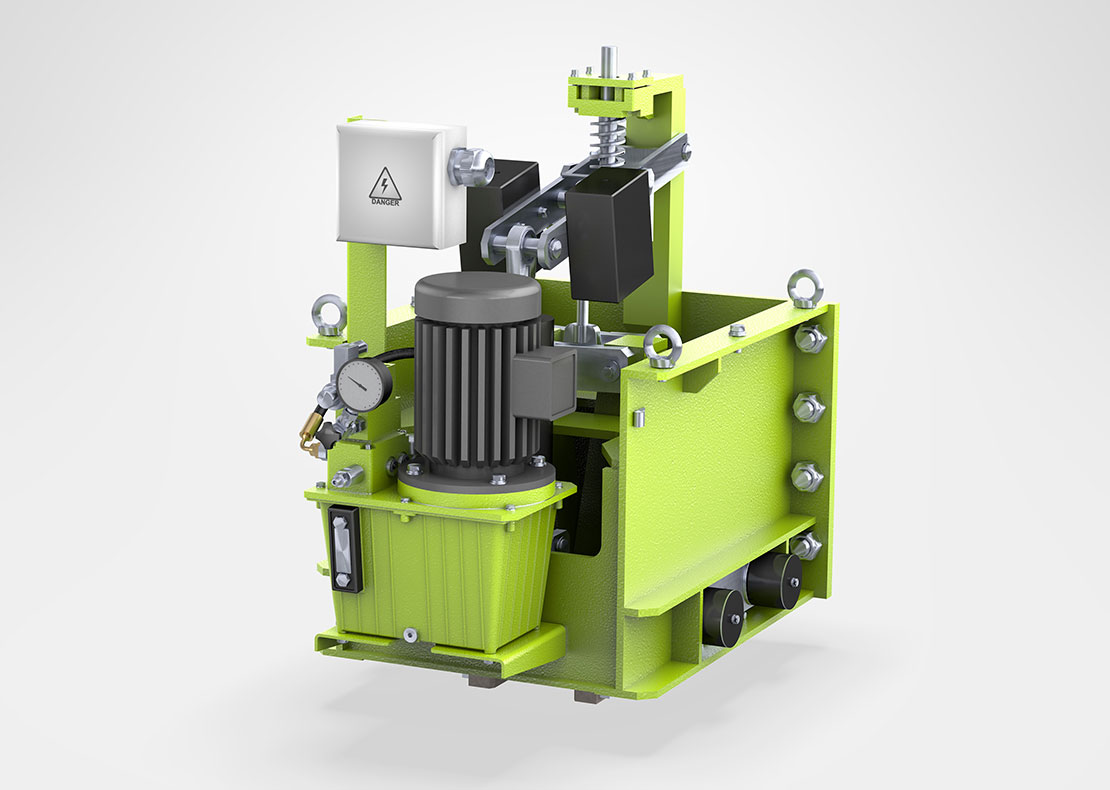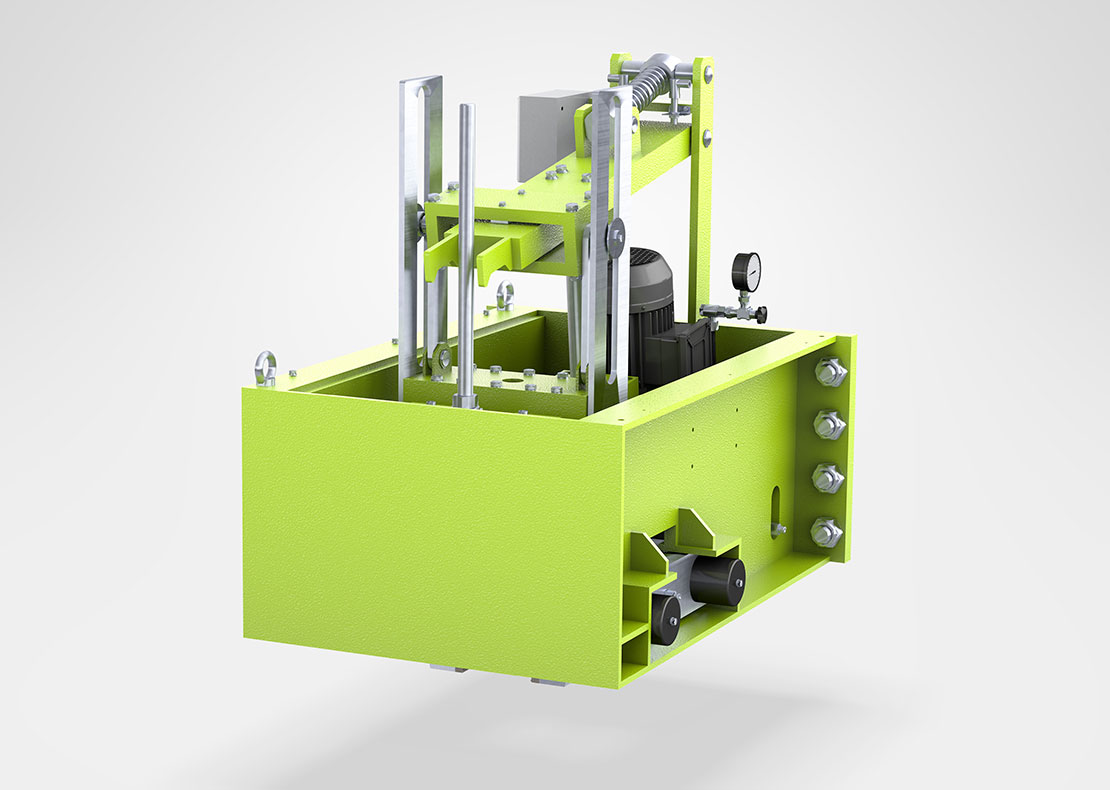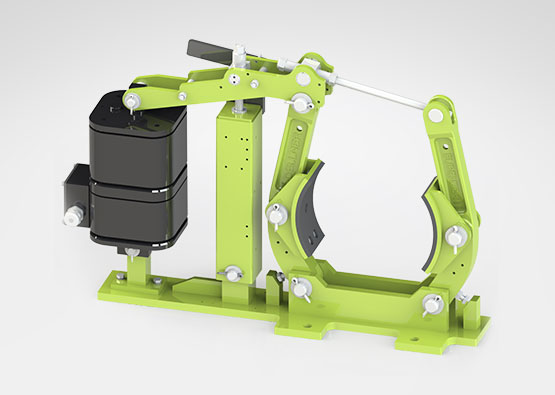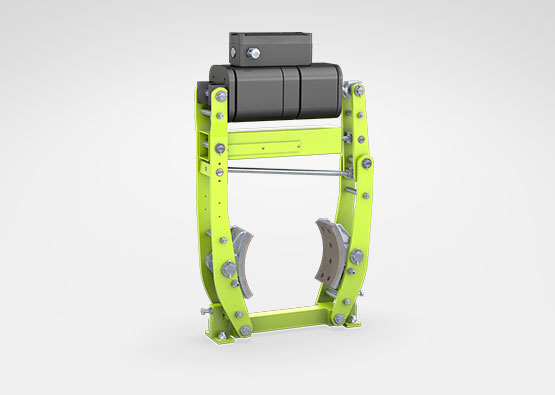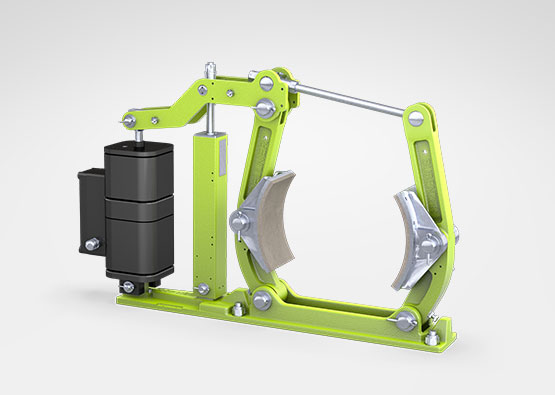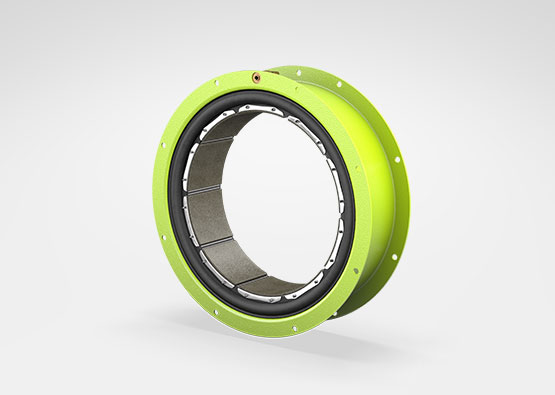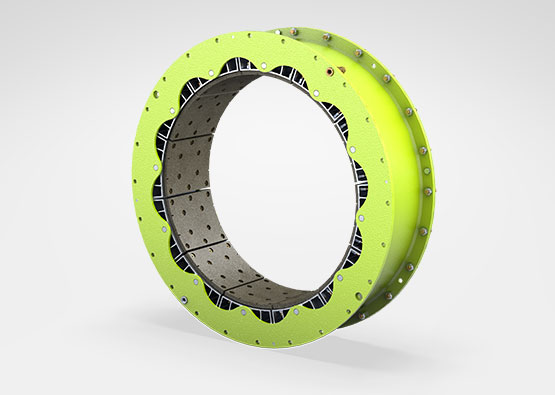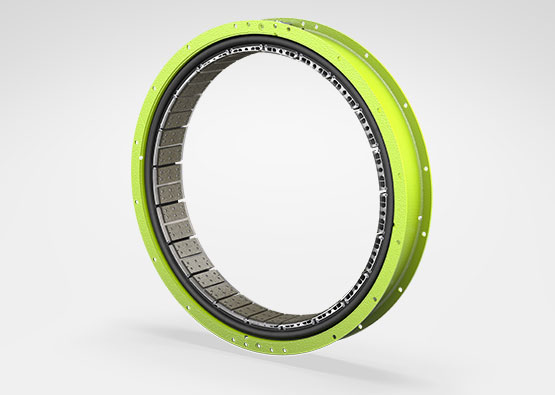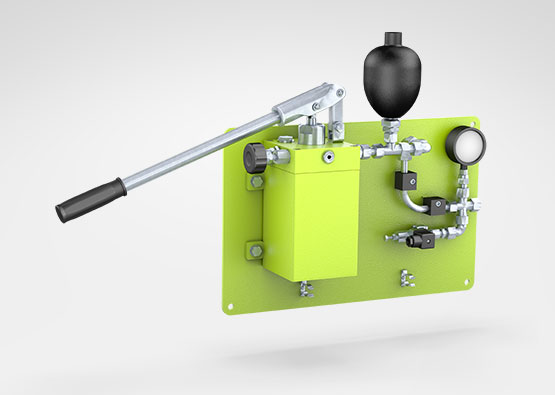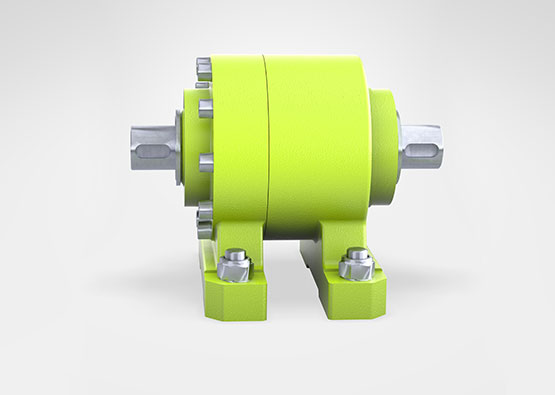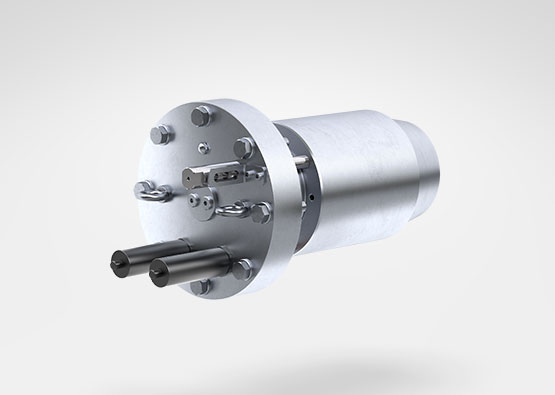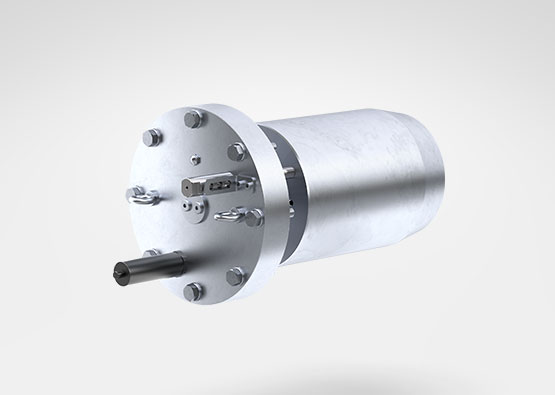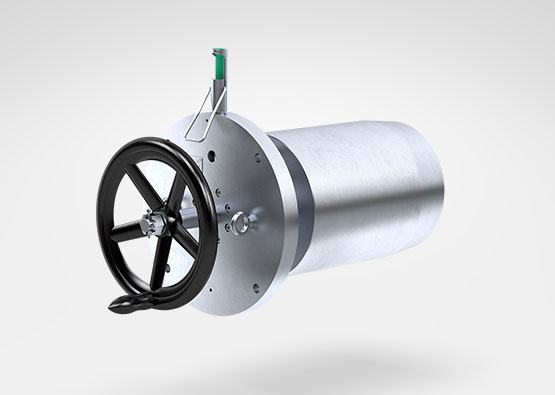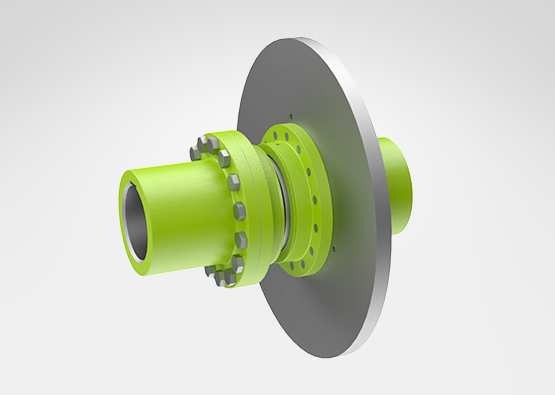DBSZ
- Holding Force:
- Up to 800 kN (higher force on request)
These rail clamps are storm brakes static suitable for small to medium forces. They are spring actuated; the spring exercise the closing force while an hydraulic cylinder fed by a suitable hydraulic unit provides the opening.
- Holding force up to 800 kN
- Vertical float = ± 7,5 mm (to be checked)
- Horizontal float = ± 30 mm
- Rail tolerance= ± 1,5 mm
- Opening time = 4 seconds
- Adjustable closing time (4 ÷ 12 s)
- Easy maintenance
- Emergency manual opening device
- Hand Pump
- Working temperature different from standard (-20°+40°)
- Double side flanges or upper flange (with hydraulic unit supplied separately from rail clamps)
- Flange for buffer fixing
- Hydraulic unit suitable to operate with more rail clamps
- Electrical board (on plate or box IP55)
- Limit switch which signals "rail clamps closed”
- Mechanical limit switch instead of inductive
- Wider horizontal and vertical float
- Security side stowage pins (to be inserted into suitable socket on the quay)
- Manufacturing according Q.C.P. different from our standard (Nuclear plan or special application)
- With special teeth for vertical force
- Language of documentation different from standard
- Certificates of materials (EN 10204-2.2, EN 10204-3.1 o EN 10204-3.2) for all main components
Additional PRODUCTS
- All
- Caliper / Disc Brakes
- Components & Accessories
- Couplings
- Drum & Band Brakes
- Hydraulic Systems
- Locking Devices
- Monitoring & Control Systems
- Motor Mounted Brakes
- Pneumatic Drum Clutches & Brakes
- Stop Turn Lock Systems
- Storm Brakes (Rail & Wheel Brakes)
- Thruster / BUEL®
- Wind Turbine Components
- WPT Disc Clutches & Brakes
These rail clamps are storm brakes suitable for high forces. They are self-blocking type; in case a force acts on the crane and tends to put the same into motion, they press on the rail sideways.
These rail clamps are storm brakes suitable for high forces. They are self-blocking type; in case a force acts on the crane and tends to put the same into motion, they press on the rail sideways.
The DH hydraulic power packs deliver pressure up to 200 bar and can be delivered with optional hydraulic cabinets and electrical terminal boxes.
The EBA is a powerful drum brake with braking torques from 24 (ft-lb) to 9000 (ft-lb) that meets AISE (TR11) & NEMA (ICS 8) standards.
The EBH series is designed according to DIN 15435. This design is very compact and can be used in tight motor gearbox combinations.
The EBN series is designed according to DIN 15435 and has been in use in various industries for decades. EBN-2St modification: the drum brakes solution for Bridges and Sluice Systems
The FKE is best suited for applications with light starting and stopping loads. It is also commonly used as a slip clutch or tension brake within light horsepower and torque applications.
The FKR is often referred to as a coupling, as its expanding neoprene rubber facing engages the interior diameter of the drum directly. The resulting friction generates significant torque within a small package.
The FK is well suited as a clutch or brake for a variety of high speed and low to medium torque power transmission applications where high heat generation is not a factor.
The FKT is well suited for applications with the most demanding equipment where severe clutching and braking is required.
The FM is designed and manufactured for marine applications, mainly for use on diesel-driven reduction gears.
Our hand pump can be used to simply activate the Dellner brake calipers. It also acts as a back up system for the primary pressure supply system.
The hydraulic rotary actuator is a device which transform hydraulic power (pressure and flow) in mechanical power: torque and angular speed.
A hydraulic rotor lock offering up to 250 bar pressure with an activation time of 60 seconds.
We offer three models of the JHS-RLH-240 hydraulic rotor lock – the GL Type Certified JHS-RLH-240, the JHS-RLM-240 and the JHS-RLH-240-154. All these locks deliver up to 250 bar pressure with an activation time of just 35 seconds.
Manually activated rotor lock used for safety purposes during maintenance operations to stop the rotor mechanically. The maximum lateral force is 6400 N and the standard stroke is 95 mm. Other strokes are available upon request.
These couplings are for use in application with high dynamic loads. Damping of peak torques and vibrations as well as electrical insulation between motor and gearbox are further reasons for the use of this coupling type.
The KBSD Gear Couplings are for use in machinery where a torsionally rigid torque is required, especially on frequently varying loads and speeds.


